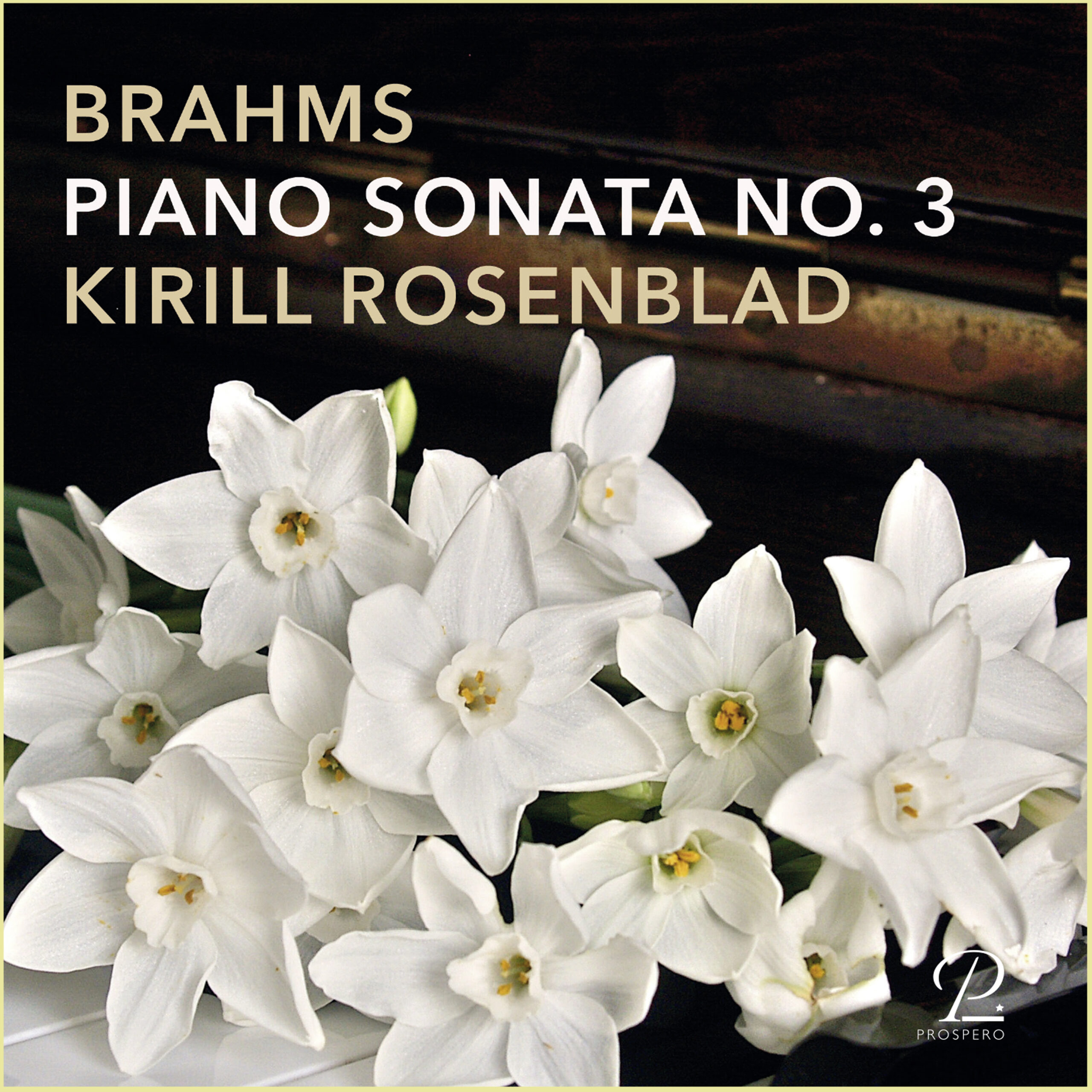Johannes Brahms: Piano Sonata No. 3 in F minor, Op. 5
Johannes Brahms: Piano Sonata No. 3 in F minor, Op. 5

About New Album
Der Komponist Johannes Brahms spielte Robert Schumann alle seine frühen Werke, unter anderem auch die 3. Klaviersonate, vor. Schumann pries in seinem Artikel Neue Bahnen Brahms als den Berufenen, als eine Art Messias der Musik. Dass viele Motive in dieser Sonate Schumanns Musik als Vorbild haben, ist daher als eine Art Respektsbezeugung gegenüber dem älteren Komponisten und Förderer zu betrachten.
Brahms komponierte den Großteil seiner Klaviersonate im Oktober 1853. Der zweite und der vierte Satz wurden vor dem Rest der Sonate komponiert. Der zweite und der dritte Satz wurden am 23. Oktober 1854 durch Clara Schumann in Leipzig uraufgeführt, die Uraufführung der gesamten Sonate erfolgte sechs Wochen später durch den Pianisten Hermann Richter in Magdeburg.
Der russische Pianist Kirill Rosenblad gilt als ein Spezialist für die große russische, von der Romantik inspirierte Klavierschule. Seine Interpretationen der Werke Sergei Rachmaninows werden weit über die Grenzen Russlands hinaus geschätzt. Doch Rosenblad ist gleichfalls in der deutschen Romantik (Brahms) zuhause und pflegt eine innige Beziehung zur französischen Klaviermusik. Eine derartige stilistische Vielfalt ist außergewöhnlich und «zeichnet den wahrhaft großen Künstler aus» (Frantisek Steinweg).
The Piano Sonata No. 3 in F minor, Op. 5 of Johannes Brahms was written in 1853 and published the following year. The sonata is unusually large, consisting of five movements, as opposed to the traditional three or four. When he wrote this piano sonata, the genre was seen by many to be past its heyday. Brahms, enamored of Beethoven and the classical style, composed Piano Sonata No. 3 with a masterful combination of free Romantic spirit and strict classical architecture. As a further testament to Brahms‘ affinity for Beethoven, the Piano Sonata is infused with the instantly recognizable motive from Beethoven’s Symphony No. 5 during the first, third, and fourth movements. Composed in Düsseldorf, it marks the end of his cycle of three sonatas, and was presented to Robert Schumann in November of that year; it was the last work that Brahms submitted to Schumann for commentary. Brahms was barely 20 years old at its composition. The piece is dedicated to Countess Ida von Hohenthal of Leipzig.
The Russian pianist Kirill Rosenblad is considered a specialist for the great Russian piano school inspired by the Romantic period. His interpretations of the works of Sergei Rachmaninov are appreciated far beyond Russia’s borders. But Rosenblad is also at home in German Romanticism (Brahms) and cultivates an intimate relationship with French piano music. Such stylistic diversity is extraordinary and «distinguishes the truly great artist» (Frantisek Steinweg).









